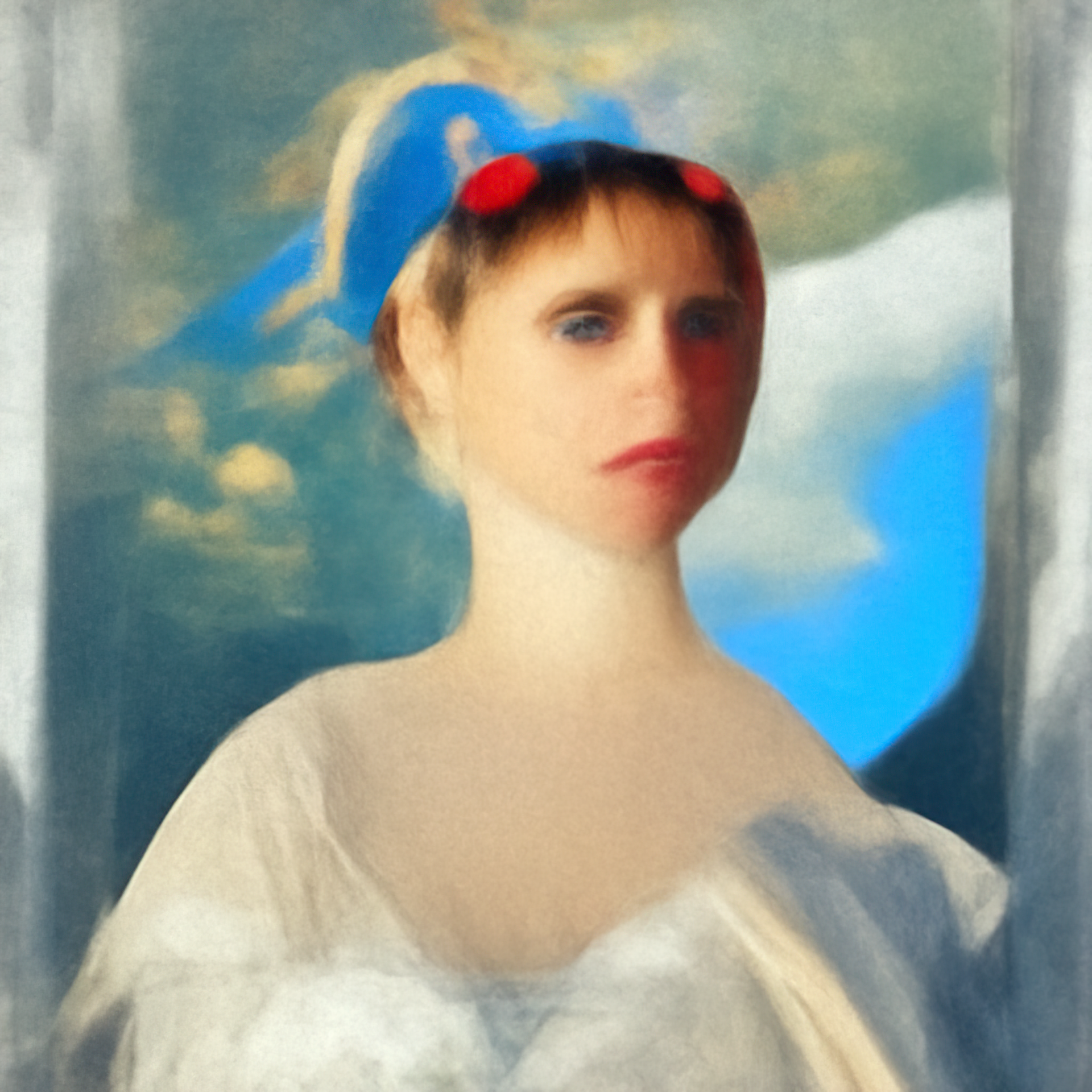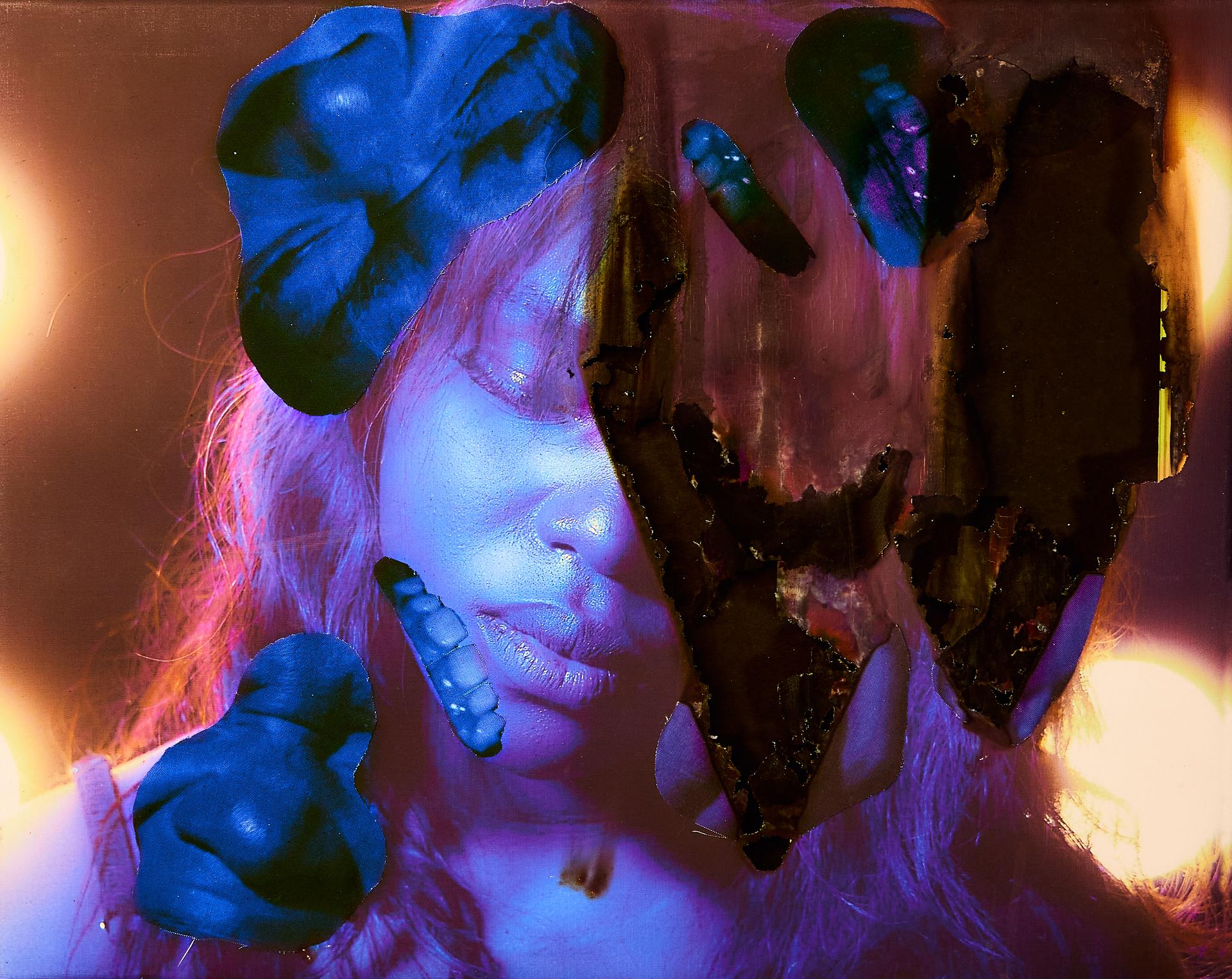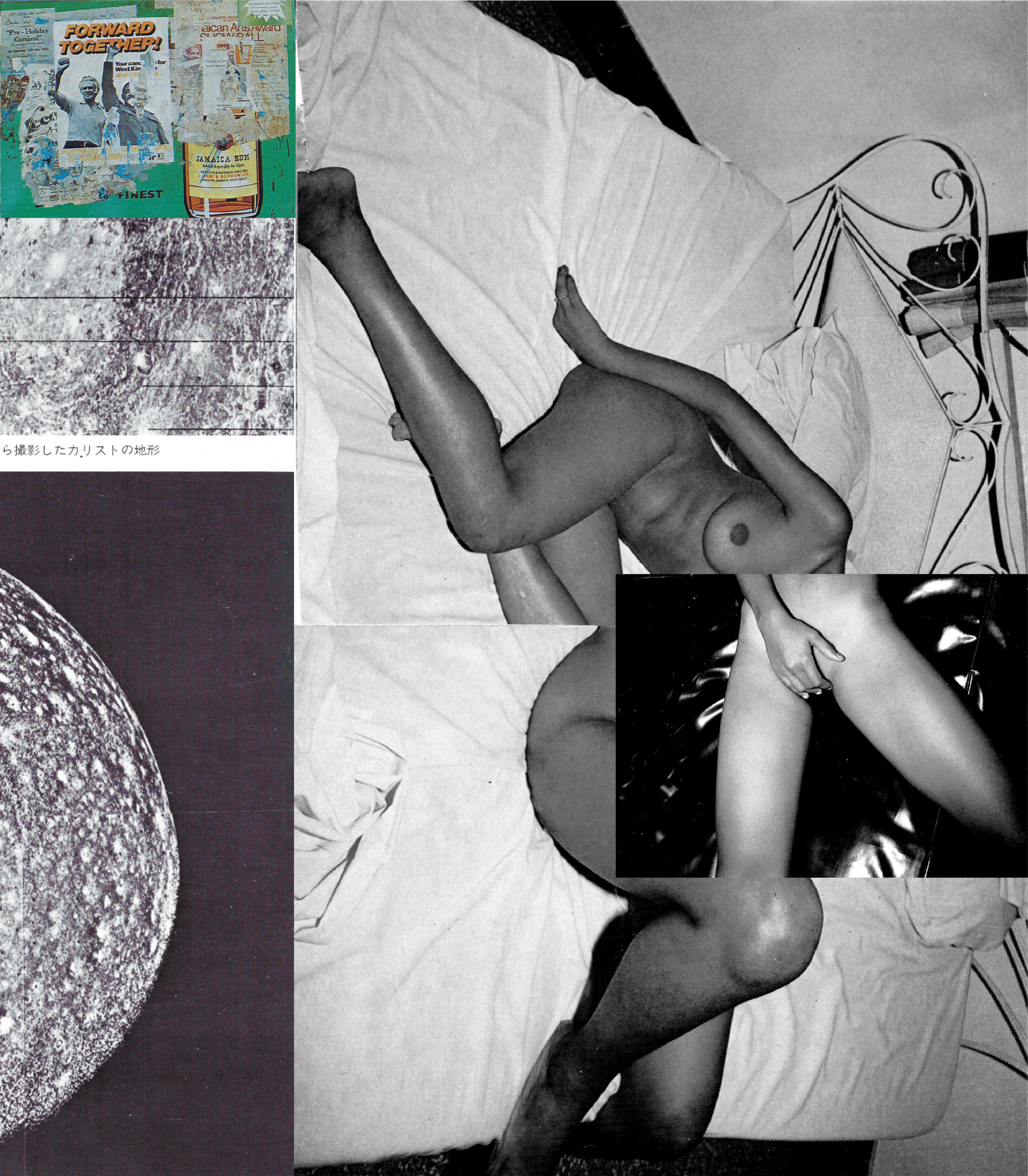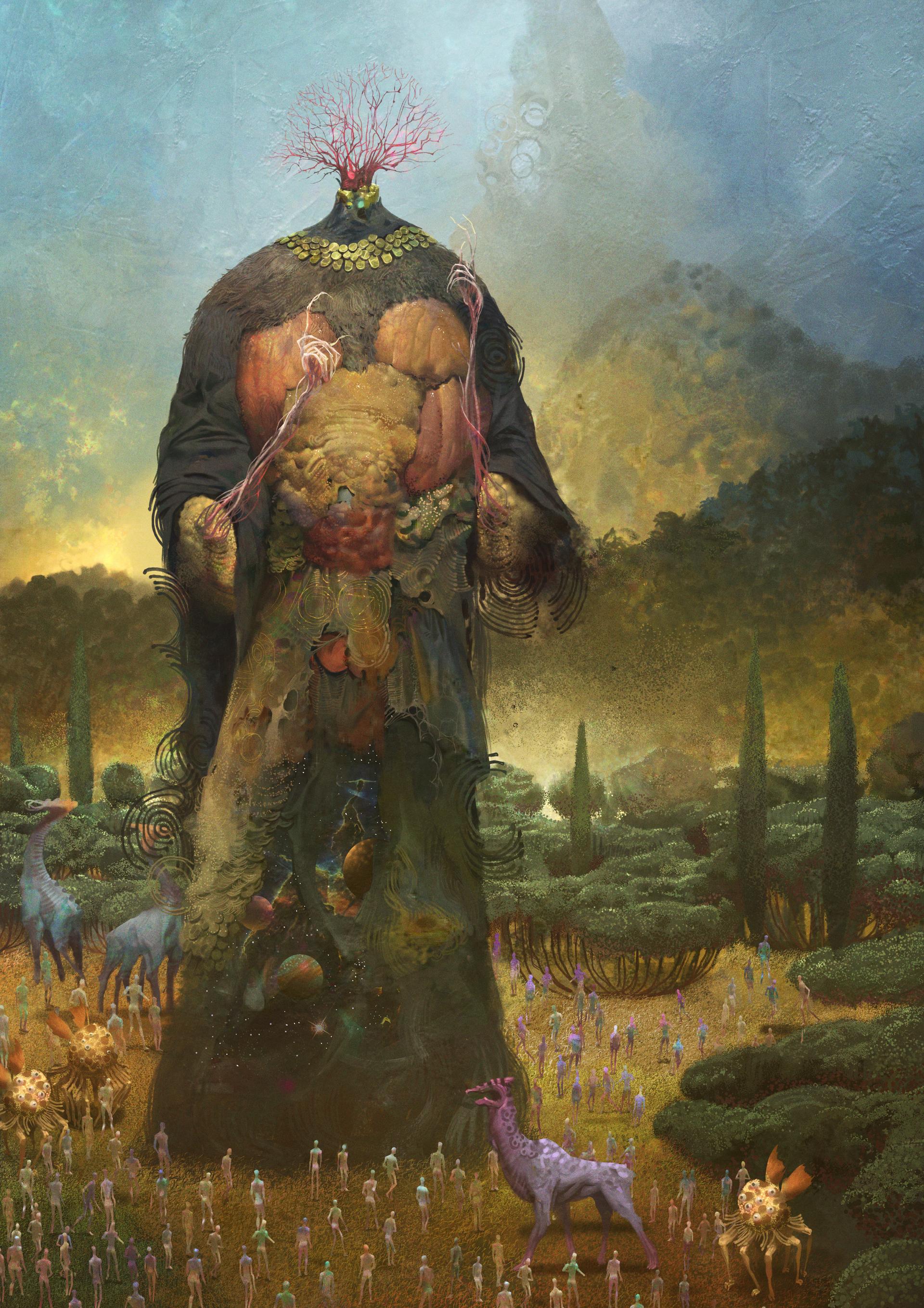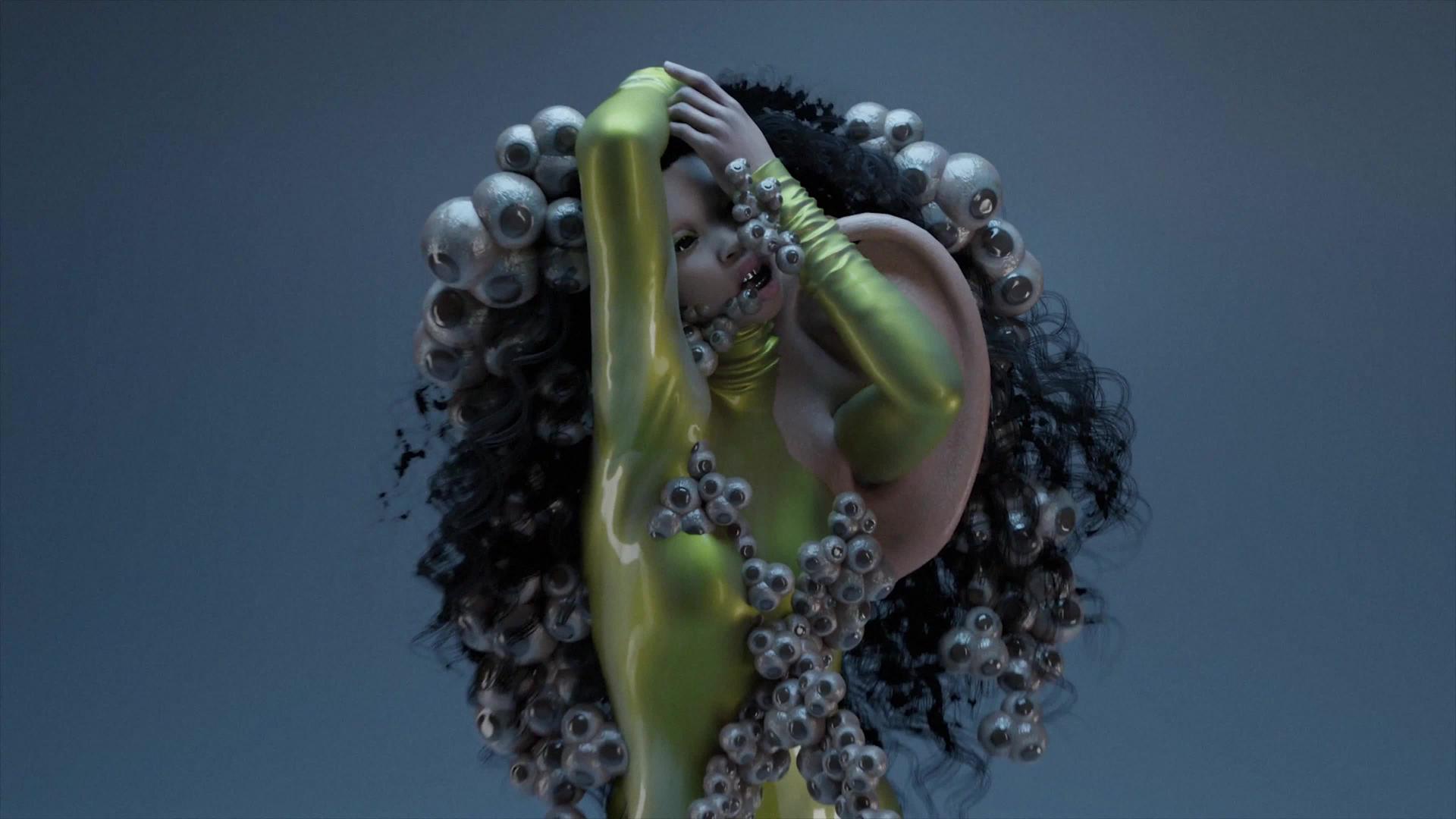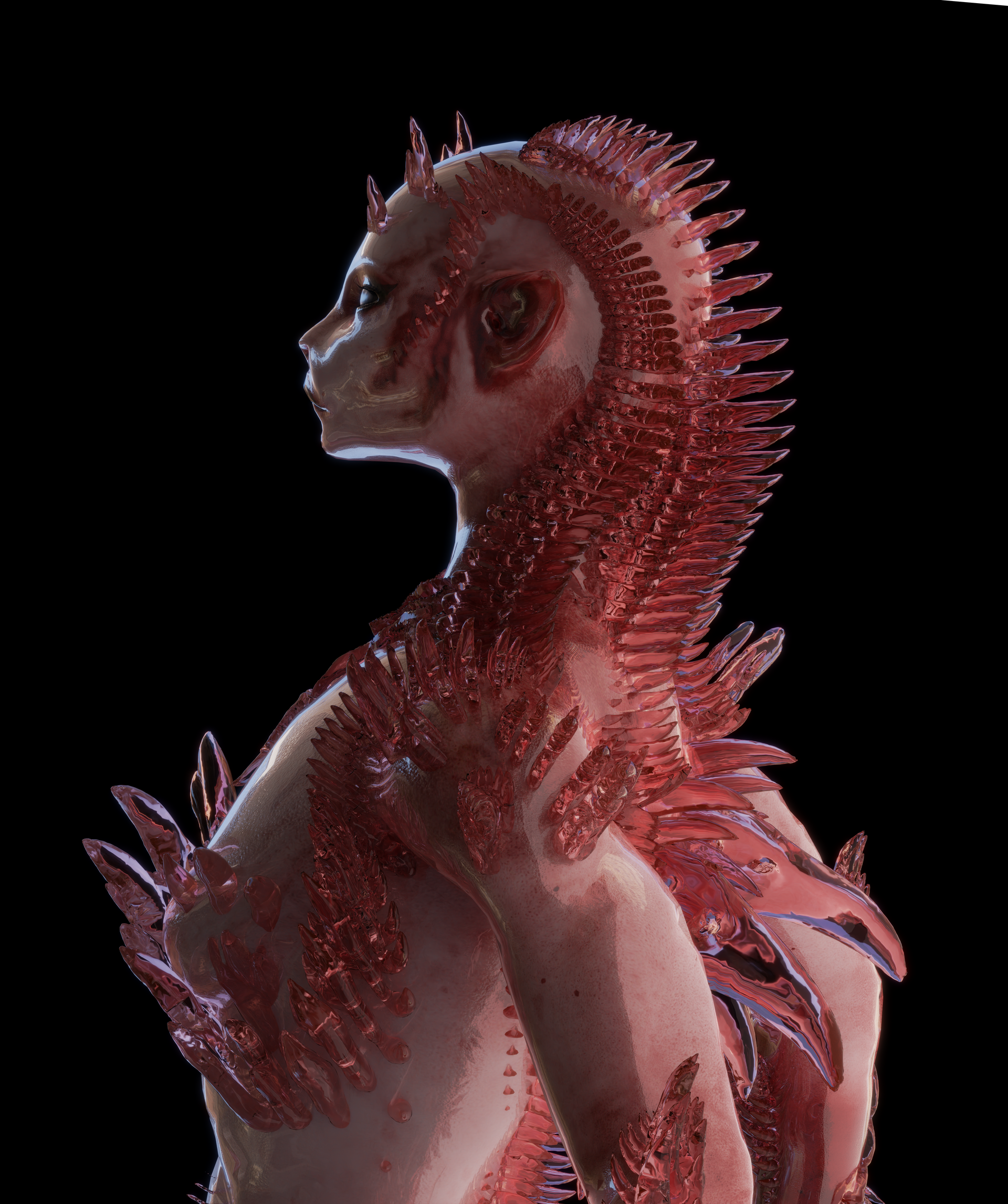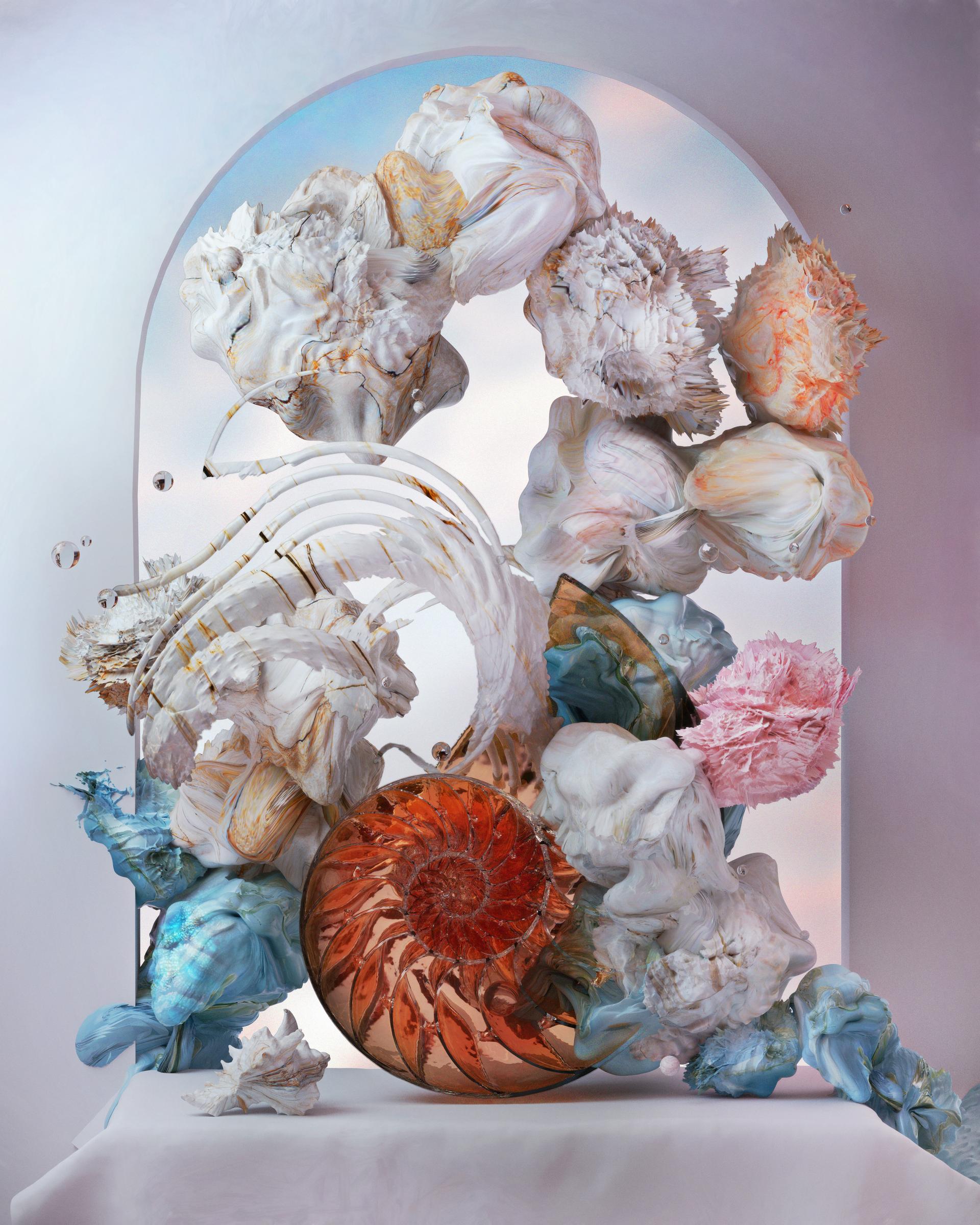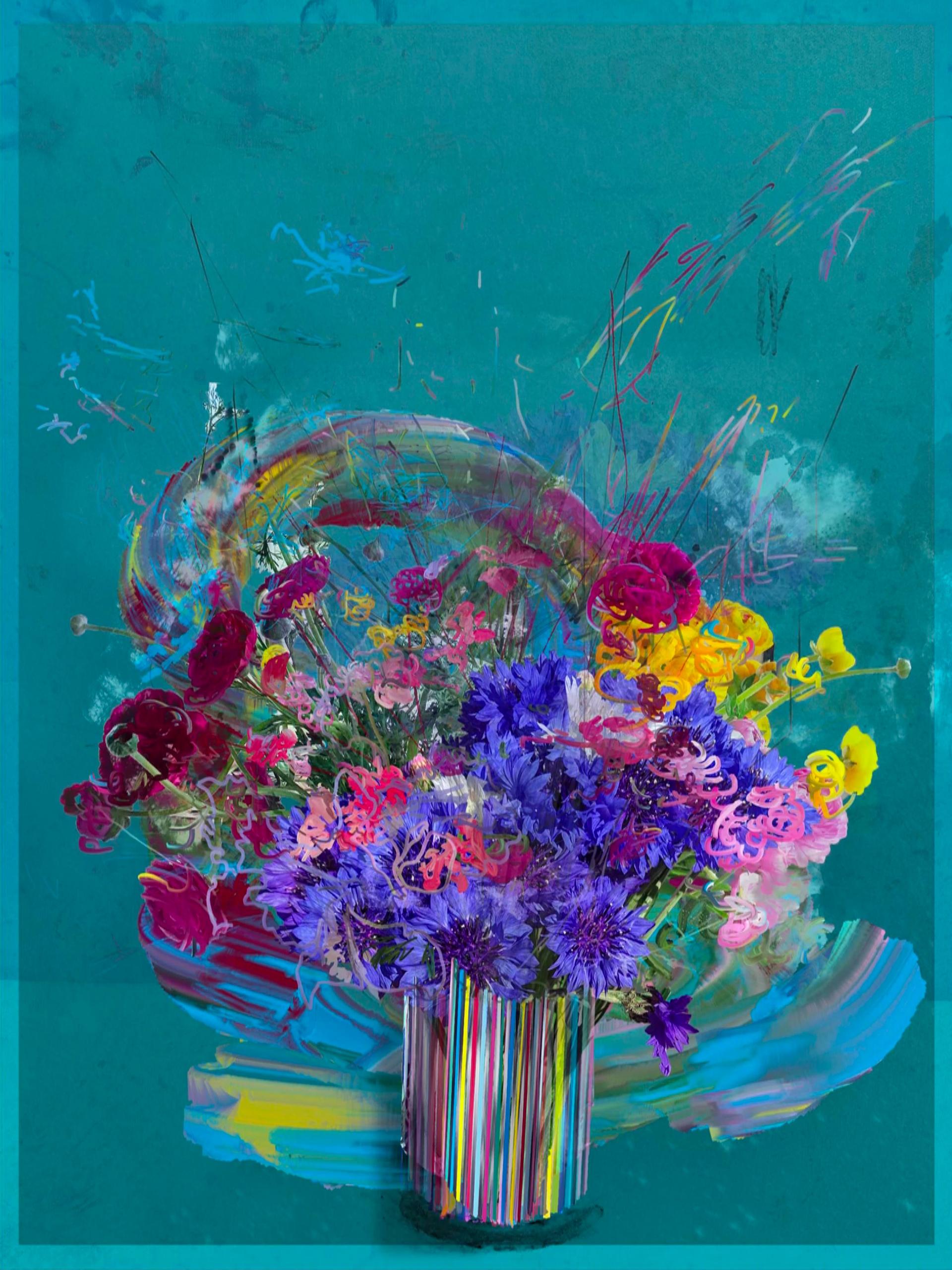“The body is a patchwork, though the stitches might not show. (...) The borders are frayed and permeable. It's possible, and maybe preferable for the self to think of itself as a sort of practice rather than a thing, a proposition with variable terms, a mesh of relationships.”
Shelley Jackson
Patchwork Girl is the title of a cybertext written by Shelley Jackson in 1995. The story centers around a character made up of ever-changing body parts, challenging traditional notions of identity as fixed and singular. Patchwork Girl uses hyperlinks to create a fragmented narrative structure, allowing readers to explore multiple paths of experience through piecing together images, sentences, and blocks of texts. The use of collage as a narrative technique is prominent throughout the story, juxtaposing and blurring concepts of linearity, gender, and identity.
This collection presents works that use collage and assemblage techniques to portray recreated identities. In the realm of digital image production, where visuals can be easily altered and manipulated, the concept of authenticity becomes elusive. Instead, collage embraces the visible use of appropriated or manipulated images. New “collage” techniques use AI-powered image generators trained through machine learning that combine a multitude of images sourced from various image banks, raising concerns about copyright compliance.
Here the artworks reveal the intricate web of contributions, or “mesh of relationships,” that shape their structure. Glitchy, layered compositions make visible the involvement of the many individuals engaged in the production and circulation of images.
This eerie imagery conveys a sense of estranged self, perhaps because it hints at the ethical implications of AI in shaping and defining identity, and at the hidden labor that underlies image creation.
“The body is a patchwork, though the stitches might not show. (...) The borders are frayed and permeable. It's possible, and maybe preferable for the self to think of itself as a sort of practice rather than a thing, a proposition with variable terms, a mesh of relationships.” Shelley Jackson
Patchwork Girl is the title of a cybertext written by Shelley Jackson in 1995. The story centers around a character made up of ever-changing body parts, challenging traditional notions of identity as fixed and singular. Patchwork Girl uses hyperlinks to create a fragmented narrative structure, allowing readers to explore multiple paths of experience through piecing together images, sentences, and blocks of texts. The use of collage as a narrative technique is prominent throughout the story, juxtaposing and blurring concepts of linearity, gender, and identity.
This collection presents works that use collage and assemblage techniques to portray recreated identities. In the realm of digital image production, where visuals can be easily altered and manipulated, the concept of authenticity becomes elusive. Instead, collage embraces the visible use of appropriated or manipulated images. New “collage” techniques use AI-powered image generators trained through machine learning that combine a multitude of images sourced from various image banks, raising concerns about copyright compliance. Here the artworks reveal the intricate web of contributions, or “mesh of relationships,” that shape their structure. Glitchy, layered compositions make visible the involvement of the many individuals engaged in the production and circulation of images.
This eerie imagery conveys a sense of estranged self, perhaps because it hints at the ethical implications of AI in shaping and defining identity, and at the hidden labor that underlies image creation.
